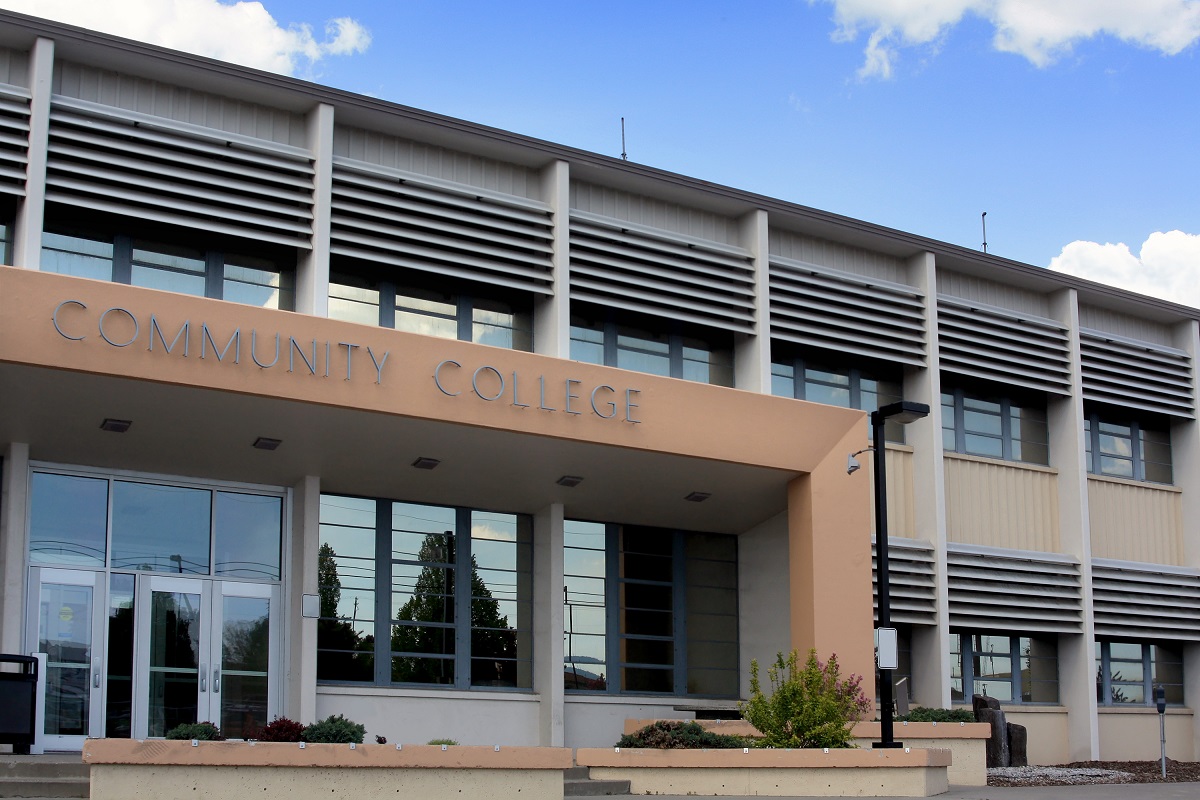A majority of public high schools say they do a “good,” “very good” or “excellent” job preparing students for college (77 percent) and the workforce (86 percent), according to data released March 19 from the National Center for Education Statistics (NCES), the statistical center within the U.S. Department of Education’s Institute of Education Sciences (IES).
For college preparation, 47 percent of schools overall rated themselves as doing a “very good” or “excellent” job, but the percentage was lower for schools in high-poverty neighborhoods and schools with fewer than 300 students (30 percent each), and higher for schools that enroll 1,000 or more students (74 percent).
“This latest report provides valuable insights on how schools rate their own work preparing students for college and the workforce,” NCES Commissioner Peggy G. Carr said in a statement. “One noteworthy finding is that a lower percentage of schools in high-poverty neighborhoods give themselves the highest marks, ‘excellent’ or ‘very good,’ in preparing students for college, when compared with the national population of schools. I hope these data will spark important conversations that lead to improved opportunities for all students.”
The new NCES data — gathered in January from more than 1,600 participating public schools from every state and the District of Columbia — also details the availability of advanced coursework in public schools:
- Seventy-three percent of high schools offer at least one of the following types of advanced coursework: Advanced Placement (AP), pre-Advanced Placement (Pre-AP), International Baccalaureate (IB) or dual enrollment courses.
- Among these schools, 78 percent offer dual enrollment courses, 76 percent offer AP courses, 22 percent offer pre-AP courses and 5 percent offer IB courses.
Compared to the national estimate of 73 percent, higher percentages of these schools with the following characteristics reported offering at least one of these types of advanced coursework:
- With 1,000 or more students (100 percent)
- With 500-999 students (89 percent)
- In the Northeast (89 percent)
- With a student body made up of 0-25 percent students of color (84 percent)
A lower percentage of high schools with fewer than 300 students (50 percent) offer at least one of these types of advanced coursework compared to the national estimate (73 percent).





